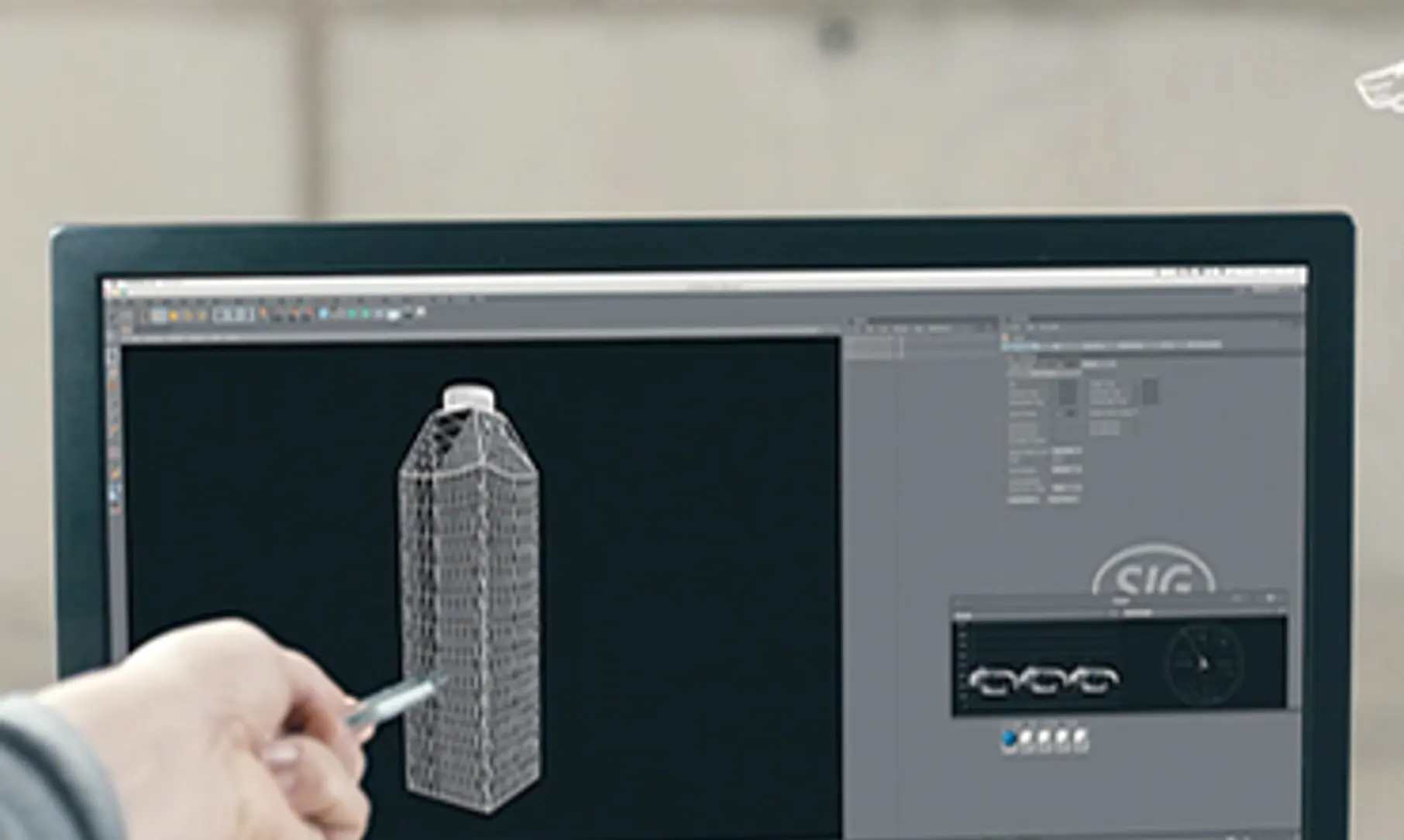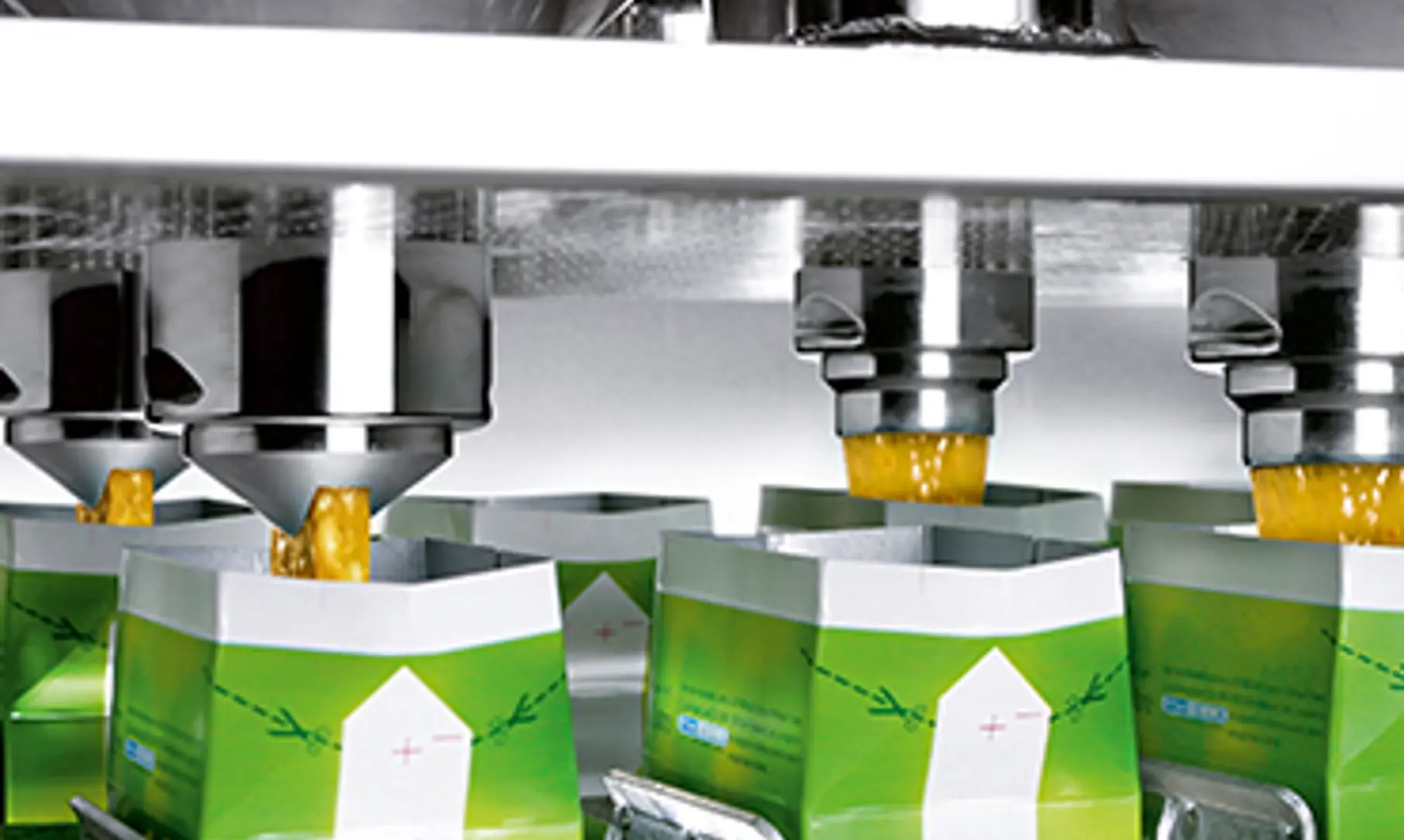A look at everything aseptic

Take a look at our Aseptic Advantage round up and explore the technology behind aseptic cartons – and what makes them an increasingly popular choice today.
From helping reduce food waste, to leaving less of a footprint on the world than other packaging formats, aseptic carton packs have a lot to offer. In our Aseptic Advantage round up, we explore their impact as well as looking into the science behind the aseptic filling process and some of the myths about long-shelf life food and beverage products.
Why choose aseptic?
Why is aseptic packaging becoming more popular among food and beverage manufacturers? In our series introduction we discuss the main benefits of aseptic carton packs, from their ability to reduce food waste, to their more sustainable design – in addition to taking a brief look at the future of this market.

Deconstructing an aseptic carton
Aseptic carton packs are helping us make leaps and bounds when it comes to food safety and security, as well as being more sustainable for the environment. In part two of the series we unpack each layer of an aseptic carton pack to learn more about their purpose and what makes them so effective.

Breaking down the aseptic process
We’ve discussed the physical aspects of an aseptic carton pack – but what about the aseptic filling process? Read along as we break down all the steps involved in making a food or beverage product fully sterile and safe for consumption, and see what SIG is doing to help manufacturers adopt aseptic packaging.

Top reasons to go aseptic
Innovations in technology aside, what else makes aseptic cartons so popular today? From an ability to preserve nutritional value and taste for up to a year, and under ambient temperatures no less, to their role in helping manufacturers reduce food waste across the entire supply chain, the advantages are far reaching.

Debunking aseptic carton myths
Do shelf-stable food and beverage products offer enough nutrition, and are they safe for people of all ages to consume? And does shelf stable mean a product will automatically be filled with preservatives and sodium? To support large-scale adoption of aseptic packaging, let’s dispel some of the myths that have cropped up around the process.

Aseptic: the next step
The reasons to adopt aseptic packaging are plentiful, as we can see. Not just within food and beverage, but other industries too such as pharmaceuticals. And with the ongoing urbanisation of the planet – in addition to consumer demand for shelf stable and ready-to-eat products – the market for aseptic packaging is also set to keep growing. Read about the work we at SIG are doing to make the world more aware of aseptic packaging by subscribing to SIGnals Update, our exclusive bi-weekly newsletter.
- September 01, 2022
